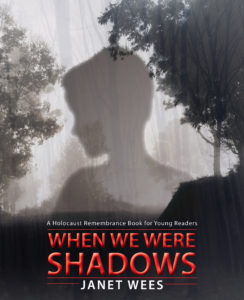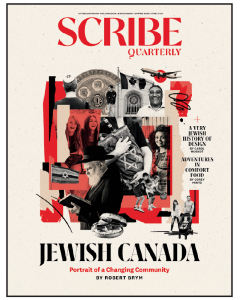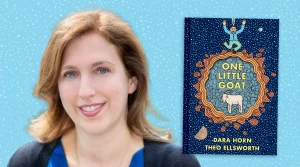Both Fania’s Heart and When We Were Shadows are two new books from Second Story Press Holocaust Remembrance Series. Useful in developing a children’s library for Holocaust reading, these, and other books in the series, will assist the reader’s journey towards comprehending the inconceivable.
Written by Anne Renaud and illustrated by Richard Rudnicki Fania’s Heart is written for children ages 7 – 10, and reveals the true story of the crafting of a tiny heart-shaped birthday card against all odds within the confines of Auschwitz.
READ: BOOK INSPIRES PEOPLE TO WALK AWAY FROM LIFE’S HURDLES
Ten-year-old Sorale discovers a tiny heart-shaped book among her mother’s belongings. Its pages are shaped like four-petaled flowers, upon which are written words in languages she does not understand. Who wrote these words? Where did the heart come from? And why has her mother never mentioned this tiny book before?
Fania’s Heart is written in large print for easy reading, and every page contains poignant illustrations that capture the plight of Fania during her time in Auschwitz. The heart-shaped book was a birthday gift for Fania made by several young women who risked their lives for their friend. The treasured heart opens a window to secrets that explain why Sorale had no sisters, brothers, cousins, aunts or uncles.
Fania tells her daughter, “This heart is all I can touch from my past. But it is not a sad heart. It is an act of defiance. A symbol of strength. An expression of hope and love.”

At the end of the story, the author discloses that the heart-shaped birthday card is currently in the Montreal Holocaust Museum. Although it is one of the smallest pieces in the museum’s collection, its message impact is considerable. The heart is one of the few known objects to have been created by prisoners in Auschwitz.
* * *
When We Were Shadows written by Janet Wees, is written for children ages 9 – 13, and tells the true story of a 10-year-old boy and his family, thereby shining a light on a little-known part of Second World War history and the heroes of the Dutch Resistance.
Walter is a young child when his parents decide to leave their home in Germany and start a new life in the Netherlands. As Jews, they know they are not safe under the Nazi regime. Walter is at first too young to appreciate the danger that he is in, and everything seems like a great adventure. But as his family is forced to move again and again, from city to countryside to, eventually, a hidden village deep in the Dutch woods, Walter’s eyes are opened to the threat that surrounds them every day and to the network of people who are risking their lives to help them stay hidden.
The story begins in 1995 as adult Walter reveals to his granddaughter handwritten letters that he had written to his oma – grandma – his sister and others, about the experiences he lived during the Second World War and told her how his mother had him write letters as a ruse to keep him quiet when he could not go to school.
Walter had to whisper at all times. He lived in a caravan, was enclosed in a forest, built a village, lived with strangers, had two narrow escapes from the Nazis and experienced constant fear.
“Jenny, here is my gift to you – my story, told with the help of those letters, about my childhood, long hidden in memories,” said Walter.
When We Were Shadows will cultivate empathy, invite conversation and engage the young reader with curiosity to learn more about the Holocaust.






